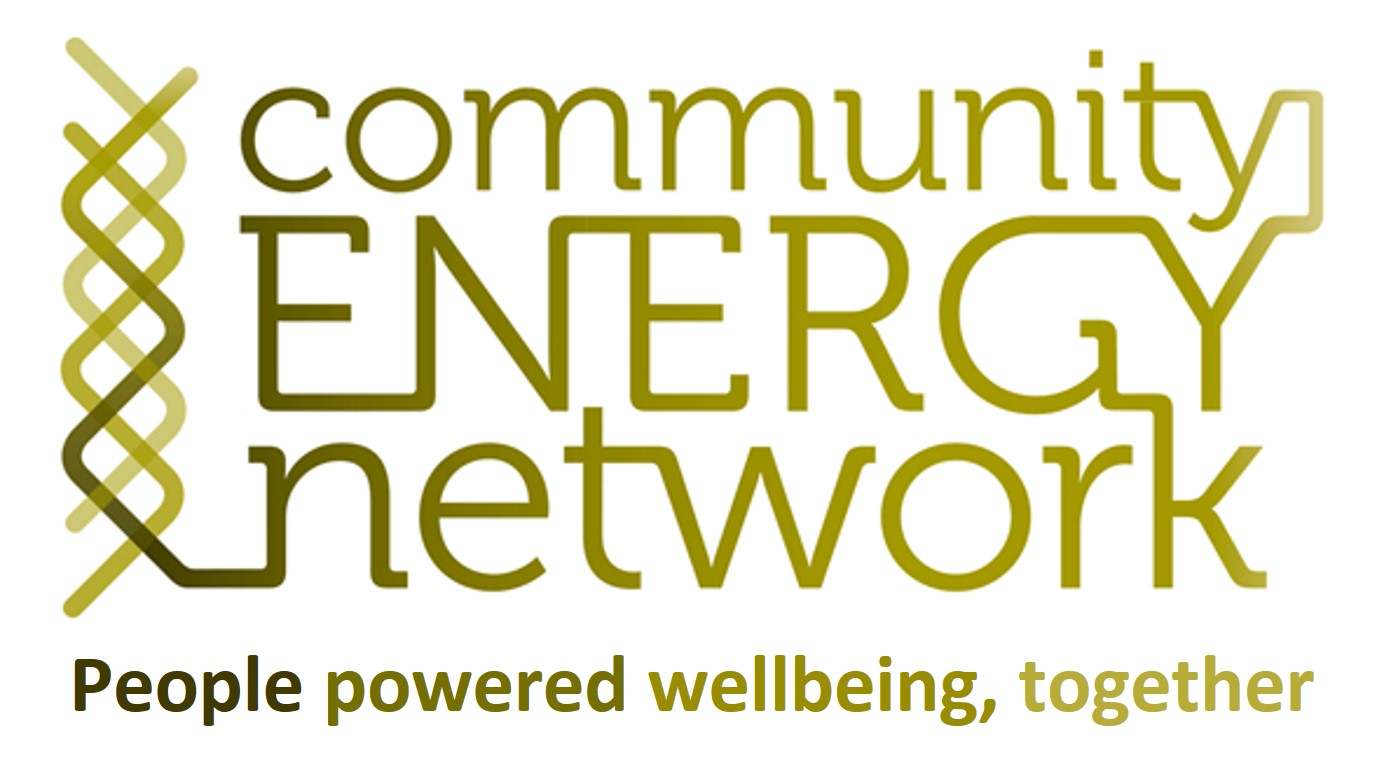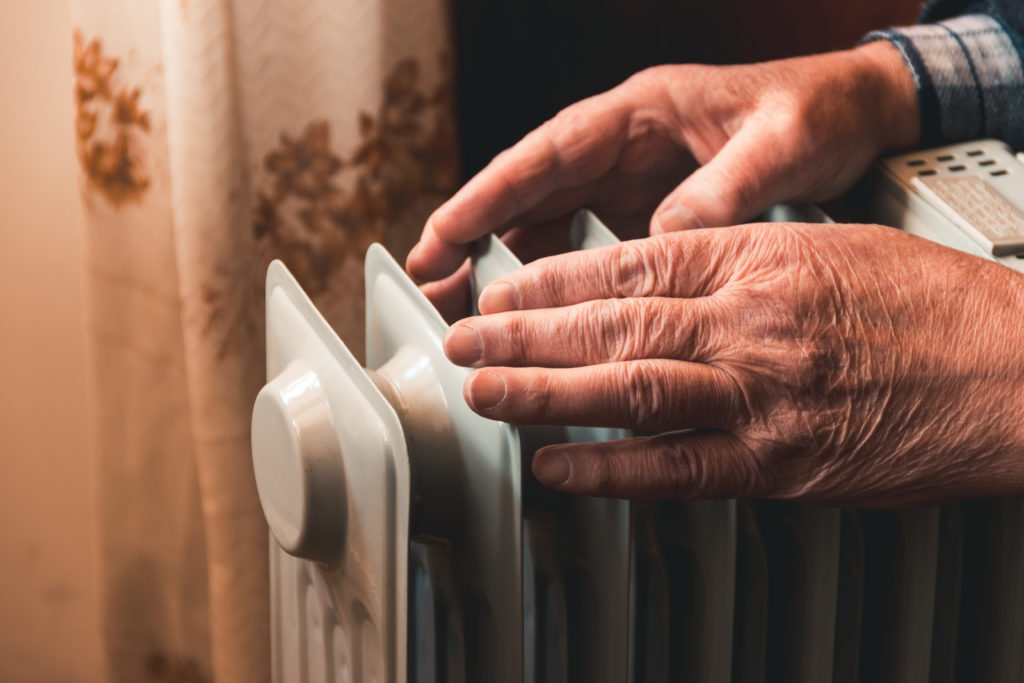CEN Introduction
What do we need to do to eliminate energy hardship in Aotearoa/New Zealand? The framework discussion below is the second blog of two written by Ian McChesney. It neatly highlights the key areas for discussion and emphasises the need to improve the way we develop consensus on complex issues that deeply impact the health and wellbeing of our communities. One example of this is energy hardship. To understand a bit more about how to develop community consensus, stay tuned for our 2020 blog posts.
“As they remind us, anything unmeasured is invisible to policymakers. We are paying for the statistical invisibility of powerful trends, from human well-being to environmental degradation.”
This quote came from a review on nature.com of the book Measuring What Counts: The Global Movement for Well-Being (Joseph E. Stiglitz, Jean-Paul Fitoussi and Martine Durand The New Press, 2019). The review highlights why we should be focusing equally as much attention on the wellbeing of people and nature, as well as the stock standard economic measures that we’ve been so fixated on in recent decades.
The above quote is also a reminder that most of the time we are talking about families who have been ‘invisible’ to our policymakers for at least the last 30 years. Yet these families and their wider communities are not invisible to CEN members. We know them well because we work with them on a daily basis.
It’s why we know we’re well-equipped to support and inform policymakers about how to define and implement community led solutions that will take care of some of the most vulnerable members of our society. We invite Aotearoa’s energy sector and central government policymakers to not just listen to us but to enable these people to have a voice get to feel a sense of their own agency as we move to a different kind of collective future.
Beyond the 10% Threshold
If the ‘10% threshold’ is unsuitable as a definition, what should we use instead? Fortunately, there are promising alternative approaches being used overseas and also in New Zealand. But before diving into a ready-made solution, let’s focus on key principles and criteria that should underpin the framework.
As an initial point of process I hope government will seek true consensus – moving beyond the bureaucracy to meaningfully involve other parties, NGOs, experts, and vulnerable householders themselves. Achieving a consensus from key parties should go a long way to resolving a definition and determining effective indicators.
The definition and indicators chosen must reflect the reality of energy hardship. While this might seem to be stating the obvious, the UK 10% threshold is a case in point where a rather abstract definition proved to not be durable, while also being almost impossible to easily translate ‘at the doorstep’ in order to identify homes in fuel poverty. In short, it failed the reality test.
As a nation, we need to develop an intimate understanding of the condition and range of lived experiences. Who are the households most affected? What are their characteristics? What are the causes? And where do the vulnerabilities lie most?
Secondly, we need to set boundary conditions for ‘energy’ hardship. For example, some suggestions advocate for inclusion of transport energy.
Personally, I think that would be an over-complication that might reduce the focus on a basic need for warm homes and affordable energy services.
Regardless, it is a debate that needs to be aired because as we move into the future and electric vehicles become the norm, household electricity use will be inextricably tied to both home and vehicle needs.
A third point is whether energy hardship should be limited just to low income households, as the current English fuel poverty definition prescribes.
In New Zealand we know that the culture of ‘doing without’ can be strong, with people depriving themselves of a warm, healthy environment not because of affordability but because of norms and attitudes. For some, it goes well beyond “put a jersey on” to living in an unheated and unhealthy home.
Without wanting to presume the outcomes of what I hope will be a consensus-building process, my hope nevertheless would be that we will see some explicit principles and criteria developed that would lead to the following:
- A descriptive definition – one that accurately portrays the reality of energy hardship and that is durable over time.
- A framework that avoids seeing energy hardship as a binary ‘in hardship: not in hardship’ condition. While bottom lines are important, I believe some form of tiered representation (for example, from low level, intermittent energy hardship through to severe/persistent) is a far more realistic and useful approach.
- A bundle of indicators – that collectively present a true picture of energy hardship. These indicators would allow energy hardship to be tracked over time so that future vulnerabilities may also be anticipated. There should be flexibility with these indicators so that new information can be included as it comes to hand.
- An ability to link the energy hardship framework with the reality of energy hardship on the ground. For example, some key indicator questions could be trialed ‘at the doorstep’ by assessors/energy advisers to determine whether they can be used to quickly gauge the energy hardship status of households.
New Zealand doesn’t need to ‘reinvent the wheel’ here. The EU has recently developed an ‘energy poverty’ framework with a descriptive definition and a large set of potential indicators. These indicators include issues of affordability, health risk, energy deprivation and dwelling integrity. In New Zealand, Stats NZ’s 2017 Energy Hardship Indicators report made a good start towards using ‘subjective’ indicators (e.g. asking ‘experienced’ energy hardship questions to households such as ‘is your house or flat colder than you would like?’) to complement other data. These are good models to build on.
CEN Final Comment
We recognise that the above views represent a major shift in approach. It requires us to embrace real life complexities while focusing on long term outcomes. To do this we need investment of money and time to build strong networks between and with our communities, central and local government, healthy home advisors and energy sector stakeholders. Developing a robust definition energy hardship is the logical first step and we look forward to helping Government make this happen.




